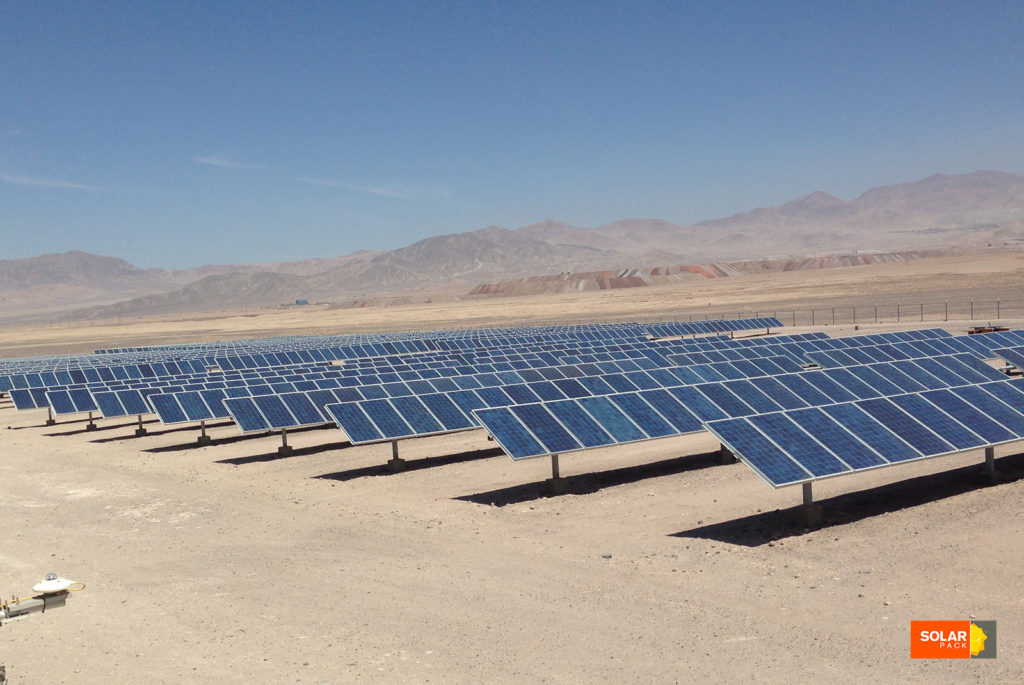For this year’s Climatescope report, BlommbergNEF collected data from more than 100 non-OECD countries, to determine each market’s conduciveness for renewable energy investment and development. Since its inception in 2012, the analysts have updated their methodology to more accurately reflect market realities. This year’s report finds that Chile is the most attractive renewable energy market for investors.
Reportedly, the country has presented a strong track record of government policy, clean energy investment and a commitment to de-carbonize, irrespective of grid constraints. India, Jordan, Brazil, and Rwanda placed second to fifth, in that order. While China took poll position in 2017, it placed just seventh this year.
BloombergNEF highlights that non-OECD countries are the biggest installers of renewable energy resources. Reportedly, in 2017 developing nations added 114 GW of zero-carbon generating capacity, of which 94 GW accounted for solar PV and wind. At the same time, coal capacity additions dropped by 38% to 48 GW, representing half of the additions in 2015, when growth peaked at 97 GW of additional capacity.
“It’s been quite a turnaround. Just a few years ago, some argued that less developed nations could not, or even should not, expand power generation with zero-carbon sources because these were too expensive,” said Dario Traum, BloombergNEF senior associate, and Climatescope project manager. “Today, these countries are leading the charge when it comes to deployment, investment, policy innovation, and cost reductions.”
New economies
The analyst outfit connects the change to the new economics of renewable energies. Indeed, generation costs for wind and solar have significantly dropped over the past few years, with new business models, suitable climate conditions and dramatically lower equipment costs allowing renewables to outcompete new fossil fuel generators on price, and without subsidies. According to the 2017 report, about 28 GW of wind and solar capacity had been added in developing countries, with prices often as low as US$17.7/MWh for wind and $18.9/MWh for solar.
Popular content
Pivotal to this development are development banks, export credit agencies and other financial stakeholders of the industries, which enable access to capital flows. After the first movers have paved the way, private players, like multinational utilities, then move into the developing countries.
“European players, in particular, have moved aggressively to finance projects, particularly in Latin America,” said BloombergNEF head of Americas Ethan Zindler, who helped found Climatescope. He added, “While concessional capital is still clearly required in least developed countries or in others just beginning to adopt clean energy, elsewhere private funders appear quite comfortable deploying capital at volume.”
Lows as well as highs
The report also highlights some less celebratory facts. While it has been said that coal capacity additions fell to record lows, the report finds that actual generation capacity has grown 4% year-on-year to 6.4 TWh. Currently, there are 193 GW of coal capacity additions under construction, 86% of which are in China, India, Indonesia and South Africa.
India and China also installed 432 GW of coal capacity between 2010 and 2017, says BloombergNEF. In comparison, the U.S. has a coal capacity of 260 GW. Faced with pressure to enable energy access and keep energy costs low, a timely decommissioning of this capacity seems unlikely, BlooombergNEF says in its report. Currently, the two markets account for 81% of the emerging market's coal generation capacity.
This content is protected by copyright and may not be reused. If you want to cooperate with us and would like to reuse some of our content, please contact: editors@pv-magazine.com.



3 comments
By submitting this form you agree to pv magazine using your data for the purposes of publishing your comment.
Your personal data will only be disclosed or otherwise transmitted to third parties for the purposes of spam filtering or if this is necessary for technical maintenance of the website. Any other transfer to third parties will not take place unless this is justified on the basis of applicable data protection regulations or if pv magazine is legally obliged to do so.
You may revoke this consent at any time with effect for the future, in which case your personal data will be deleted immediately. Otherwise, your data will be deleted if pv magazine has processed your request or the purpose of data storage is fulfilled.
Further information on data privacy can be found in our Data Protection Policy.